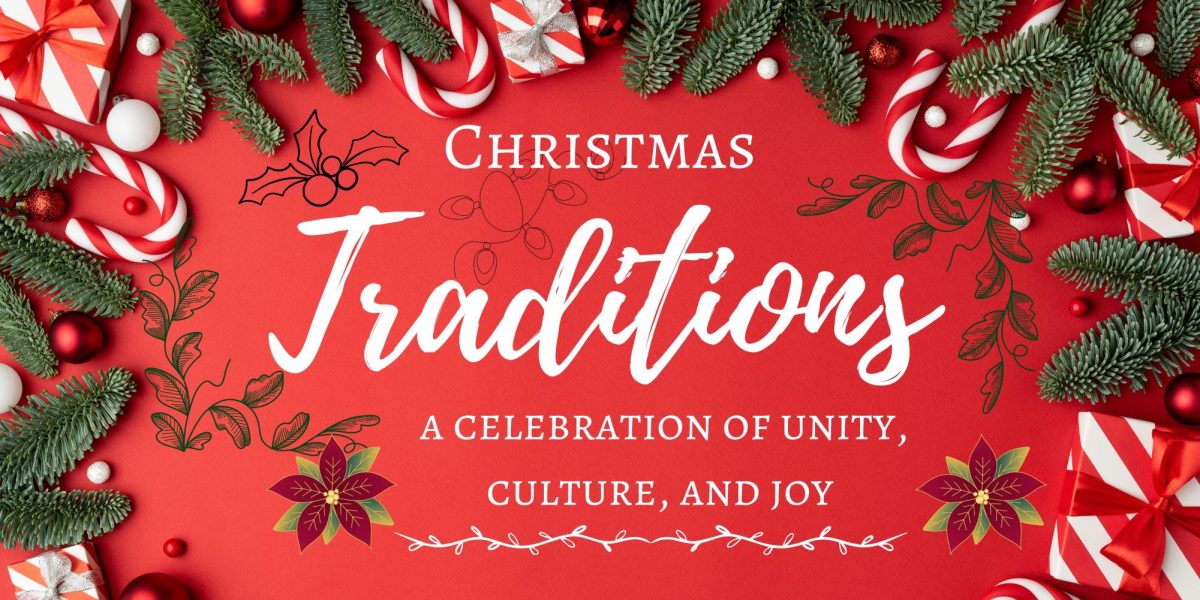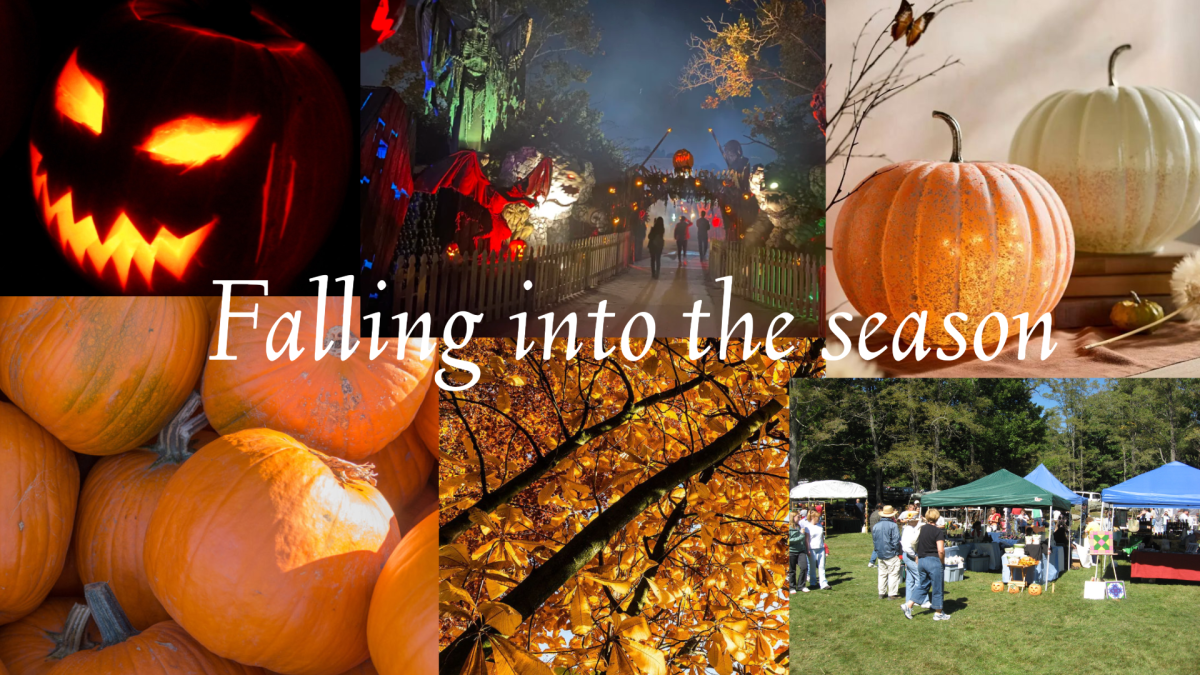Christmas is a time of warmth, togetherness, and cherished traditions. Across the world, families and communities celebrate in ways that reflect their unique cultures and personal customs, adding to the holiday’s universal appeal. Drawing from interviews with individuals from the United States, Finland, and Germany, we explore the magic of Christmas traditions, foods, and sentiments.
For the Lopez family, Christmas is all about togetherness. Their favorite tradition is gathering for Christmas dinner, a time when everyone is happy and unified. “Being together for Christmas dinner, everyone being happy,” they said, highlighting the deep sense of joy that the season brings to their home. Christmas in the United States often begins right after Thanksgiving. As the Lopez family noted, “After Thanksgiving” is when they feel the Christmas spirit starting to unfold. The holiday season is marked by an atmosphere of both excitement and occasional stress. “It helps people be happier and stresses people out more too,” they shared, recognizing the complex emotional landscape of the holidays. When it comes to food, tamales take center stage in the Lopez household. The savory dish, often prepared together as a family, embodies the warmth and cultural heritage that Christmas represents for many in the United States. While Christmas is their favorite holiday, Thanksgiving holds a close second place, emphasizing the importance of gratitude and family bonds during the festive season.
In Finland, Christmas is known as Joulu, a word that carries the promise of snowy landscapes, cozy gatherings, and traditional meals. Essi, a Finnish native, shared that Christmas in her country features ham and rice porridge as staples of the holiday feast. Rice porridge is especially beloved in Finland, often served with cinnamon, sugar, and a hidden almond in one lucky bowl. The person who finds the almond is said to have good luck in the coming year, adding a playful tradition to the festive meal. For Finns like Essi, Joulu represents a serene and heartfelt celebration, often accompanied by lighting candles, visiting loved ones, and embracing the quiet beauty of a winter wonderland.
Germany, where Christmas is called Weihnachten, is rich with traditions that make the season unforgettable. Lorenz shared that his family enjoys various customs depending on the region. In northern Germany, Christmas dinner often features potato salad and sausages. In the east, near the Czech border, it is common to serve dumplings with red cabbage and beef. Another family favorite is spätzle, a type of noodle, often accompanied by beef stew. German Christmas celebrations include the lighting of advent candles, opening advent calendars, and decorating real Christmas trees. Baking Christmas cookies is a cherished activity, and many families visit Christkindlmarkets, festive Christmas markets that are famous for their charming stalls, warm beverages, and handcrafted gifts. Presents are exchanged on December 24, typically brought by the Weihnachtsmann (Santa Claus) or in some traditions, the Christkind (Christ Child). Lorenz described Christmas as a time for family, fun, and reflection. “I love Christmas. It is just a cozy, fun time with the whole family coming together and doing fun activities, cooking, and giving presents,” he said.
Despite the differences in how Christmas is celebrated across cultures, there are common threads that tie the holiday together universally. The themes of togetherness, gratitude, and joy resonate strongly in every interview. In each culture, food plays a central role in Christmas celebrations, acting as a vehicle for family bonding and a reflection of cultural heritage. From tamales in the U.S. to rice porridge in Finland and dumplings in Germany, these meals bring loved ones together to share in the holiday spirit. The joy of giving is another universal aspect of Christmas. Whether it is exchanging gifts on Christmas Eve in Germany or hiding an almond in a bowl of rice porridge in Finland, these traditions highlight the excitement of making others happy. Finally, Christmas is a time of reflection and gratitude. As Lorenz shared, his Christmas memories are “bound to a lot of memories, tradition, and good times.” For the Lopez family, the season is a reminder of the happiness that comes from simply being together.
It is worth noting that while Christmas brings joy and togetherness, it can also bring stress, as the Lopez family observed. The pressure to create the perfect holiday experience, coupled with the demands of shopping, planning, and cooking, can weigh heavily on individuals. Balancing these stresses with the joy of the season is an essential part of the Christmas journey.
Christmas is more than just a holiday; it is a celebration of family, culture, and shared traditions. Whether it’s Weihnachten in Germany, Joulu in Finland, or a tamale-filled feast in the United States, the spirit of Christmas lies in the love and joy we share with one another. By embracing both the similarities and differences in how Christmas is celebrated around the world, we gain a deeper appreciation for the season’s universal message: to come together, spread kindness, and celebrate the beauty of life.








